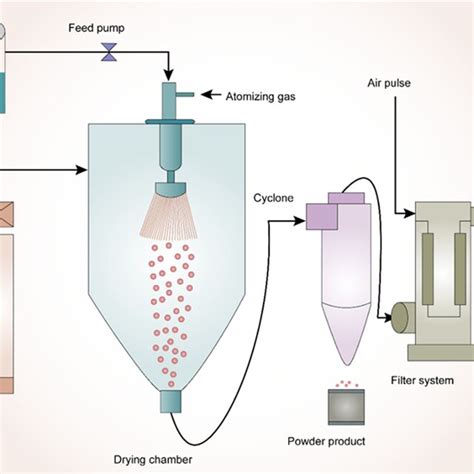Spray Foam: Accelerate Drying with These Techniques
Spray foam insulation offers superior energy efficiency and air sealing, but its drying time can be a significant project hurdle. Waiting for the foam to fully cure can delay subsequent construction phases and increase overall project costs. Fortunately, several techniques can accelerate the drying process, minimizing downtime and maximizing efficiency. This article explores proven methods to speed up spray foam drying, addressing common concerns and offering practical solutions.
What Factors Influence Spray Foam Drying Time?
Before diving into acceleration techniques, understanding the factors that influence drying time is crucial. Several variables impact the curing process:
- Foam Type: Open-cell spray foam generally dries faster than closed-cell foam due to its higher porosity.
- Ambient Temperature and Humidity: Warmer temperatures and lower humidity accelerate the evaporation process, while cold, damp conditions significantly slow it down.
- Foam Density: Denser foam takes longer to dry due to the reduced surface area for moisture escape.
- Thickness of the Application: Thicker applications require longer drying times.
- Air Circulation: Adequate ventilation facilitates quicker drying by removing moisture-laden air.
How to Speed Up Spray Foam Drying: Proven Techniques
Several effective strategies can help expedite the drying of spray foam insulation. Let's examine them in detail:
1. Optimize Ambient Conditions:
This is arguably the most impactful factor. Aim for warmer temperatures (ideally above 70°F or 21°C) and lower humidity levels. Using dehumidifiers is highly recommended, especially in humid climates. Proper ventilation is crucial to allow moisture to escape. Consider using fans to promote airflow within the insulated space.
2. Improve Air Circulation:
Adequate ventilation is paramount. Open windows and doors (weather permitting) to create a cross-breeze. If this is impractical, strategically placed industrial fans can significantly improve air circulation and accelerate drying. Ensure that the air circulation doesn't directly impinge on the wet foam, as this could potentially damage it.
3. Use Dehumidifiers:
Dehumidifiers actively remove moisture from the air, creating a drier environment that promotes faster evaporation. Larger spaces may require multiple dehumidifiers to achieve optimal results. Consider the size of the space when selecting the dehumidifier's capacity.
4. Understand the Manufacturer's Recommendations:
Each spray foam manufacturer provides specific drying time guidelines based on their product's formulation and application methods. Carefully follow these recommendations to ensure optimal curing and prevent potential issues. These guidelines often specify ideal temperature and humidity ranges.
5. Don't Rush the Process:
While accelerating drying is beneficial, it's crucial to avoid compromising the foam's integrity. Prematurely applying finishes or disturbing the foam before it's fully cured can lead to defects, compromising its insulating properties and overall performance.
Addressing Common Concerns:
How long does spray foam take to dry completely?
The drying time varies greatly depending on the factors mentioned above. It can range from a few days to several weeks for complete curing. Always consult the manufacturer’s guidelines for your specific product.
What are the signs that spray foam is dry?
Fully cured spray foam will be firm to the touch, and any lingering odor from the expanding agents should have dissipated. The surface will be stable and show no signs of tackiness or softness.
What happens if spray foam doesn't dry properly?
Improperly dried spray foam may exhibit issues such as mold growth, off-gassing, reduced insulation effectiveness, and structural weaknesses.
Conclusion:
Accelerating the drying process of spray foam insulation significantly impacts project timelines and overall costs. By employing the techniques outlined above – optimizing ambient conditions, improving air circulation, using dehumidifiers, and adhering to manufacturer recommendations – you can effectively reduce drying time without compromising the foam's integrity. Remember, patience is key; while speeding up the process is possible, always prioritize proper curing for optimal performance and longevity.

